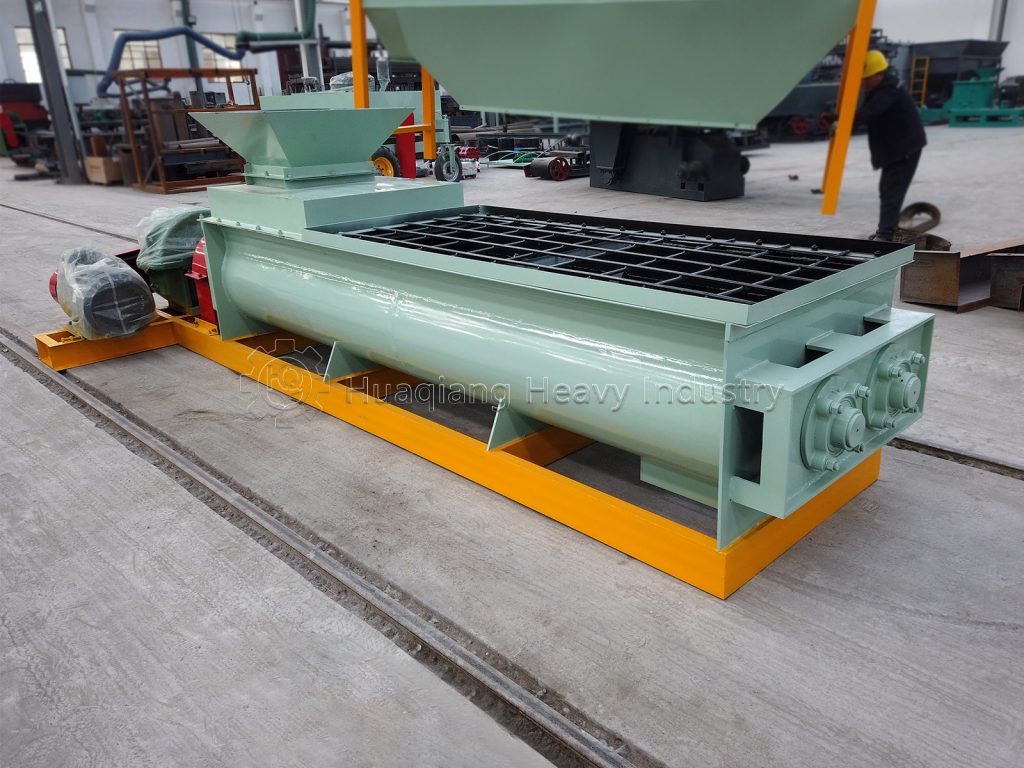The mixing process is like the “heart” of the entire organic fertilizer production line, fulfilling the crucial mission of homogenizing raw materials and promoting composting. This directly determines the nutrient balance and application safety of the final product. This seemingly simple “mixing” step actually embodies rigorous process standards and technical considerations.

From a process perspective, the mixing process must address two key issues: precise raw material ratios and uniform moisture distribution and microbial environment. Organic fertilizer raw materials come from a complex source, with significant variations in nutrient content and physical properties among materials like livestock and poultry manure, straw, and mushroom residue. Inhomogeneous mixing can lead to localized enrichment or depletion of core nutrients like nitrogen, phosphorus, and potassium in the finished product, seriously impacting fertilization effectiveness. Furthermore, the moisture content must be controlled within the optimal composting range of 50%-60% during the mixing process. Continuous stirring breaks up material clumps, creates a sufficient oxygen environment for aerobic microorganisms, accelerates the decomposition and conversion of organic matter, and prevents the localized anaerobic production of harmful gases such as hydrogen sulfide.
The current mainstream mixing equipment is primarily a double axis mixer, which uses counter-rotating blades to create a strong convection mixing field. Combined with an adjustable-speed agitator shaft, the mixing intensity can be flexibly adjusted based on the raw material’s moisture content and particle size. High-quality equipment also features a water sprayer and temperature sensor to monitor material temperature changes in real time during mixing. When the temperature rises above 55°C, indicating peak microbial activity, the agitator speed should be appropriately reduced to avoid excessive energy consumption. If the temperature is abnormally low, the water supply system adjusts the humidity to ensure a stable composting process.
It is important to note that quality control of the mixing process must be implemented throughout the entire production process. Too short a mixing time can lead to insufficient homogeneity, while too long a mixing time can cause excessive fragmentation and damage the organic matter structure. Typically, the mixing time for each batch of material should be controlled between 8 and 12 minutes, and sampling testing should be performed to ensure that the uniformity error does not exceed 3%. Strict control of the mixing process in organic fertilizer production lines is not only fundamental to ensuring that organic fertilizer products meet national standards but also crucial for the resource utilization of agricultural waste and the promotion of green agriculture.